Black Hills Spruce Tree
- June 14, 2023
- 0 comment
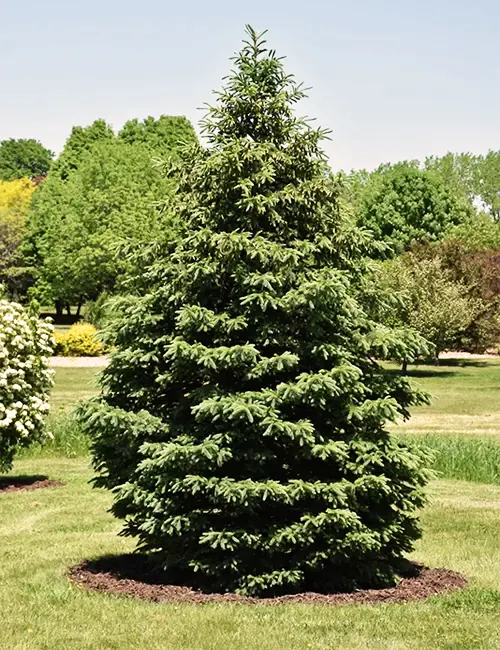
Common Name: Black Hills Spruce
Botanical Name: Picea glauca var. densata
Family: Pinaceae
Plant Type: Evergreen tree
The Black Hills Spruce (Picea glauca var. densata) is a stunning coniferous tree that has captured the hearts of many nature enthusiasts and homeowners alike. This article will delve into the various aspects of this remarkable tree, providing valuable information about its characteristics, care, benefits, and more.
Mature Size and Growth Rate
The Black Hills Spruce typically reaches a mature height of 40 to 60 feet (12 to 18 meters) with a spread of 10 to 20 feet (3 to 6 meters). It has a slow to medium growth rate, taking several decades to reach its full potential.
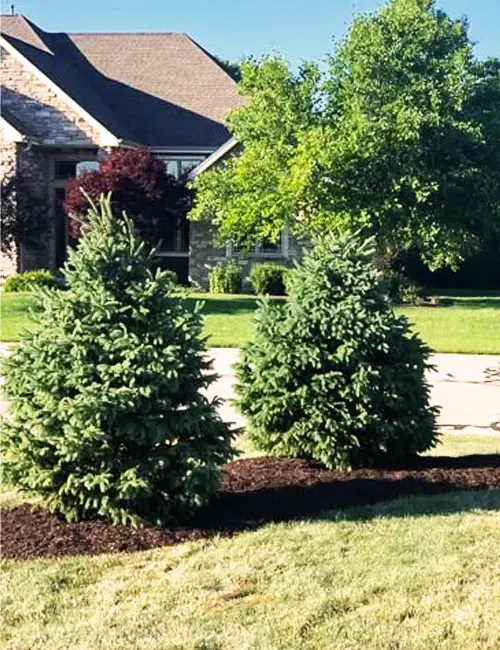
Soil Type:
These trees thrive in well-drained soils, including sandy, loamy, or clay soils.
Soil Preference:
Black Hills Spruce trees prefer slightly acidic to neutral soil pH levels ranging from 5.0 to 7.5.
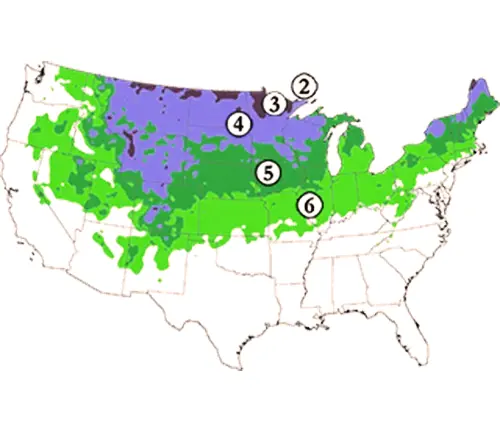
Hardiness Zones
They are well-suited to grow in hardiness zones 2 to 6, making them highly adaptable to colder climates.
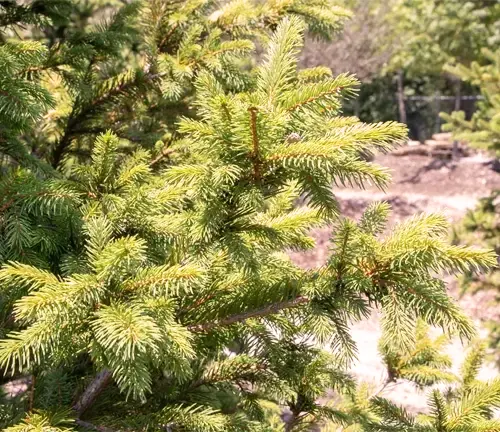
Sun Preference
Black Hills Spruce trees prefer full sun exposure for optimal growth and development. However, they can tolerate partial shade.
Attributes
This spruce tree boasts an impressive pyramid-shaped crown and dense, dark green foliage. Its needles are short, stiff, and sharply pointed, giving the tree an elegant appearance. The bark is thin and smooth, ranging in color from gray to reddish-brown.
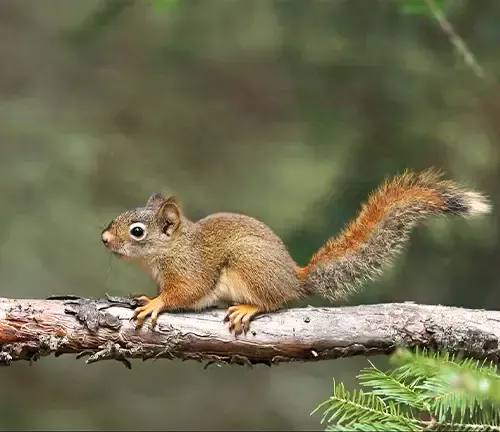
Wildlife Value
The Black Hills Spruce provides excellent wildlife value by serving as a shelter and nesting site for various bird species. The dense foliage offers protection and food sources for birds and small mammals throughout the year.
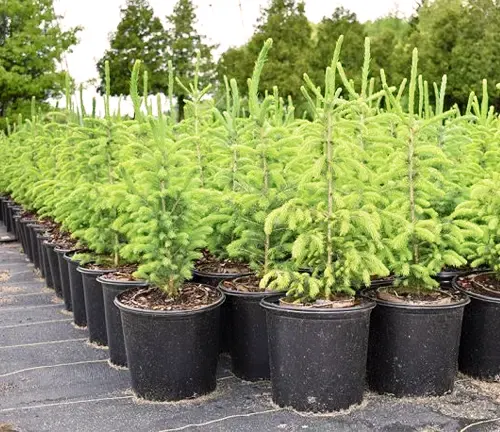
Care
To ensure the health and vitality of your Black Hills Spruce tree, proper care is essential. Regular watering, especially during dry spells, is crucial in the first few years after planting. Apply a layer of mulch around the base of the tree to conserve moisture and regulate soil temperature. Prune any dead or damaged branches, but avoid excessive pruning as it can disrupt the tree’s natural shape.
Benefits
Apart from its aesthetic appeal, the Black Hills Spruce offers numerous benefits. It is commonly used as a windbreak or privacy screen due to its dense foliage. The evergreen nature of the tree provides year-round beauty and serves as an excellent backdrop for other plants in your garden. Additionally, the Black Hills Spruce can help reduce erosion and improve air quality by absorbing carbon dioxide and releasing oxygen.
Invasive
The Black Hills Spruce is not considered an invasive species. It is well-behaved and does not pose a threat to native plant communities.
Lifespan
Under optimal growing conditions and proper care, Black Hills Spruce trees can live for several decades. They have an average lifespan of 50 to 70 years, although some exceptional specimens have been known to live over 100 years.
Disadvantage
One potential disadvantage of the Black Hills Spruce is its size. Its mature height can limit its use in smaller landscapes. Additionally, if not properly pruned, lower branches may droop as the tree ages, potentially obstructing pathways or views.
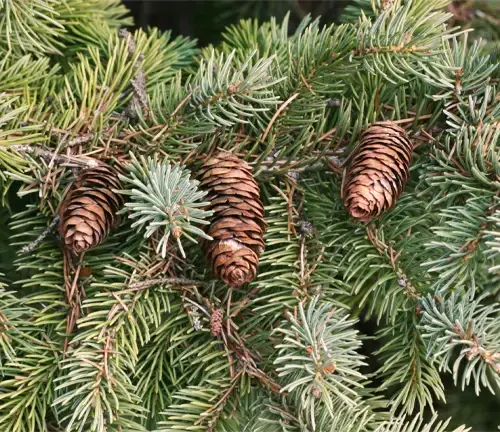
Edible or Not
The Black Hills Spruce is not typically grown for its edibility. The needles and bark are not consumed by humans but may be browsed upon by certain wildlife species.
Habitat Requirements
These spruce trees thrive in areas with well-drained soil and good air circulation. They prefer locations that receive ample sunlight and have protection from harsh winds.
Name Origin
The name “Black Hills Spruce” refers to the tree’s natural habitat in the Black Hills region of South Dakota, USA.
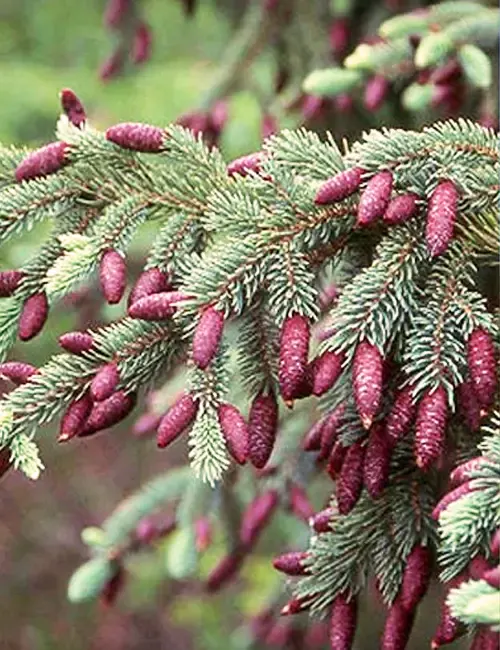
Characteristics
The Black Hills Spruce has several notable characteristics. Its dark green foliage provides a striking contrast against snowy landscapes during winter. The needles emit a pleasant, resinous scent when crushed, adding to its appeal. As the tree ages, the bark becomes more textured and develops fissures.
Varieties
There are no recognized varieties of the Black Hills Spruce. However, individual trees may display slight variations in growth habits or needle color.
Pruning
Pruning is generally minimal for Black Hills Spruce trees. Remove any dead or damaged branches to maintain the tree’s health and aesthetics. It is best to prune in late winter or early spring before new growth emerges.
Propagating
Black Hills Spruce trees can be propagated through various methods, including seed germination, grafting, or taking cuttings. However, propagation is often best left to experienced horticulturists or nursery professionals.
Common Pests & Diseases
The Black Hills Spruce is relatively resistant to most pests and diseases. However, it can be susceptible to spider mites, aphids, and needle-cast diseases. Regular monitoring and appropriate treatment, if necessary, can help keep these issues under control.
Fun Facts:
- The Black Hills Spruce is the state tree of South Dakota.
- Its scientific name, Picea glauca var. densata, reflects its close relationship to the White Spruce (Picea glauca) species.
- Black Hills Spruce trees have been used for reforestation projects due to their adaptability and ability to withstand harsh conditions.
Frequently Asked Questions:
- Are Black Hills Spruce trees deer-resistant?
While no tree is completely deer-proof, Black Hills Spruce trees are generally less palatable to deer due to their resinous needles and dense foliage. - Can I plant Black Hills Spruce trees in containers?
Black Hills Spruce trees are not well-suited for container planting. They prefer to be planted directly in the ground, where they can establish strong root systems. - How fast do Black Hills Spruce trees grow?
Black Hills Spruce trees have a slow to medium growth rate. It typically takes several decades for them to reach their full height.
In conclusion, the Black Hills Spruce is a majestic and hardy tree that offers beauty, privacy, and wildlife value to any landscape. With proper care and attention, this tree can flourish and provide enjoyment for generations to come. Consider adding the Black Hills Spruce to your outdoor space and witness its timeless allure firsthand.


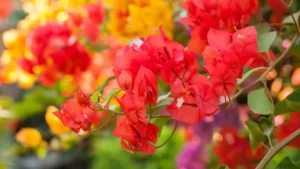
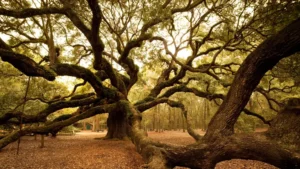
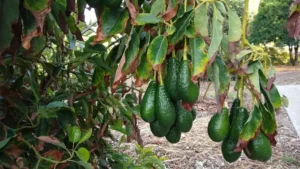
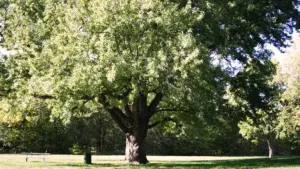
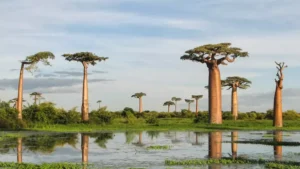
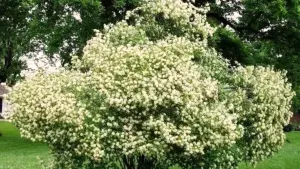
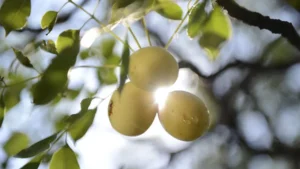
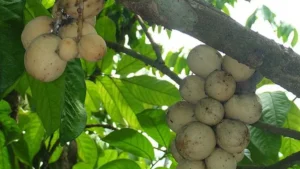
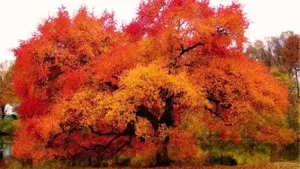

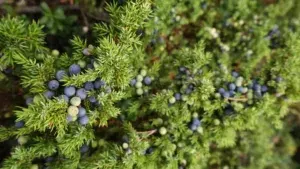
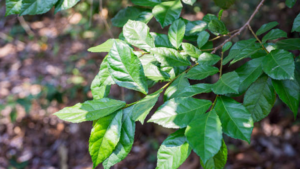
Leave your comment